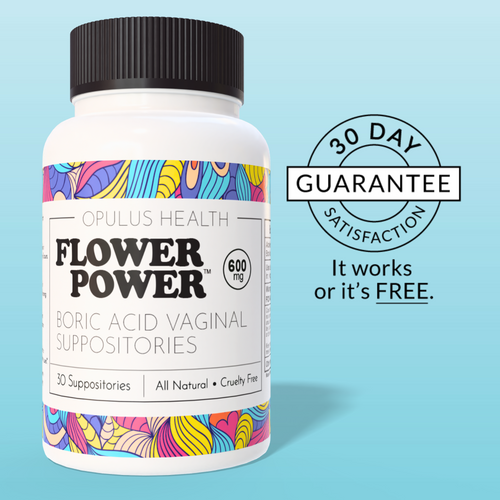Getting a clean, smooth shave feels amazing. Knowing that everything looks perfect down there can also boost your confidence in intimate moments. But that feeling quickly fades once those painful ingrown hairs appear.
The vulva is not only sensitive but also very personal. Dealing with ingrown hairs in such a delicate area can be frustrating. They’re uncomfortable, they don’t look great, and they can make you feel self-conscious.
Thankfully, there are effective ways to prevent ingrown hairs and remedies to get rid of them quickly. Let’s explore how.
What Are Ingrown Hairs?
Ingrown hairs typically form after shaving when the sharp tip of a cut hair grows back into the skin instead of upward. This can lead to small, painful bumps.
Ingrown hairs often occur on the vulva, especially after shaving or waxing, due to the delicate nature of the skin in that area. The frequency and severity of ingrown hairs depend on factors like your skin type, hair texture, hygiene, lifestyle, and hair removal methods.
Why Do Ingrown Hairs Happen? How to Prevent Them
Hair removal methods like shaving and waxing can trigger ingrown hairs, but that doesn’t mean they are inevitable. Here’s how to achieve a neat shave while avoiding ingrown hairs:
Shave in the Direction of Hair Growth
Shaving against the direction of hair growth can cause ingrown hairs. Always shave along the hair’s natural direction using a sharp razor and hydrate your skin beforehand to soften the hairs.
Doctor-Recommended Shaving Steps:
- Wet your skin and hair before shaving to soften them.
- Apply shaving cream or gel.
- Use a clean, sharp razor.
- Shave in the direction your hair grows.
- Rinse the razor after each stroke.
- Pat your skin dry afterward—don’t rub.
Exfoliate Regularly
Exfoliation helps remove dead skin cells, oil, and sweat that clog hair follicles and lead to ingrown hairs. Dr. Alice Bradford, a dermatologist, recommends regular exfoliation to keep skin clear.
Moisturize After Hair Removal
Applying a good moisturizer keeps your skin supple and reduces the risk of ingrown hairs forming.
How to Treat Ingrown Hairs
If you do get an ingrown hair, follow these steps to treat it effectively:
Warm Compress
Use a clean washcloth soaked in warm water and press it on the affected area to soften the skin, helping the hair rise to the surface.
Topical Creams
Look for creams with salicylic acid, which can relieve inflammation and help the hair break free.
Seek Professional Help
If the ingrown hair becomes painful or infected (with signs like redness or pus), consult a professional. Severe cases may require further treatment.
When to See a Professional
If ingrown hairs become infected, they may turn into painful sores. At this point, it’s best to seek help from a healthcare provider, who may recommend treatments like:
- Steroid creams to reduce inflammation
- Retinoids to remove dead skin cells
- Antibiotics for infections
In severe cases, a small surgical procedure may be necessary to release the ingrown hair. Avoid picking or squeezing it yourself to prevent scarring or further infection.
Lifestyle Habits That Contribute to Ingrown Hairs
Friction from tight clothing can cause ingrown hairs by forcing hair to grow downward. Wearing loose, comfortable underwear can help reduce the occurrence of ingrown hairs.
Diet also plays a role in skin health. A balanced, nutrient-rich diet can promote healthier skin and prevent ingrown hairs.
Safer Hair Removal Methods
If you’re prone to ingrown hairs, consider alternative hair removal methods like:
- Laser hair removal
- Depilatory creams
These methods should be used under professional guidance, especially for sensitive areas like the vulva.
Conclusion
It’s possible to prevent and treat ingrown hairs effectively. Start by finding the best hair removal method for your skin type and follow a proper care routine to enjoy smooth, healthy skin.











